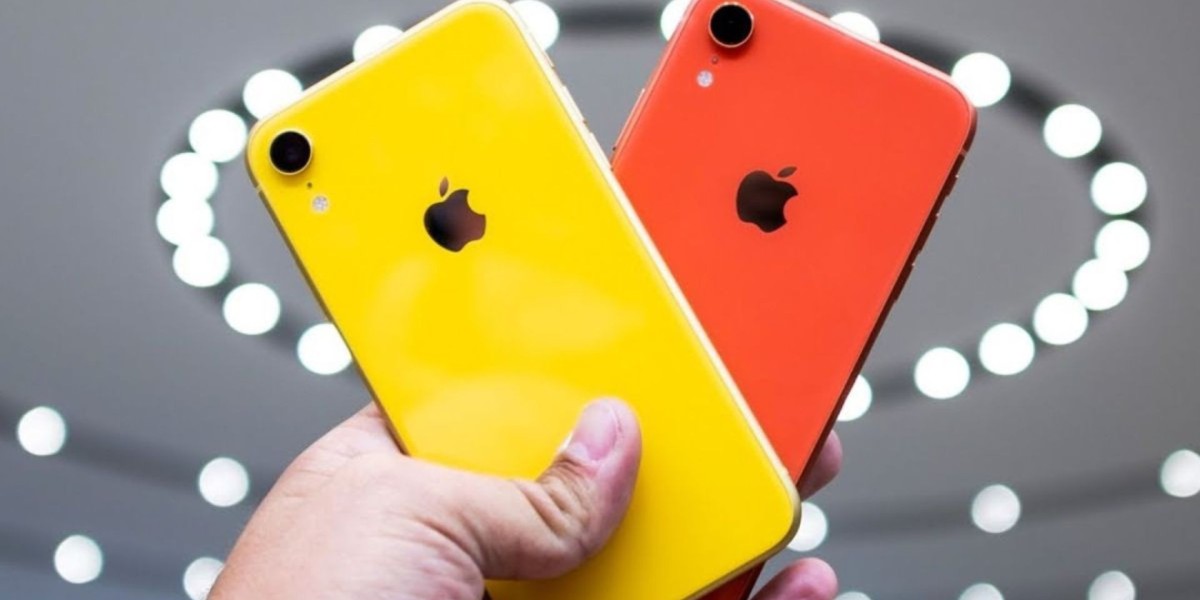When Apple released the iPhone XR in late 2018, the smartphone landscape shifted significantly. Prior to its launch, Apple’s devices were widely considered premium products, often priced far beyond the reach of budget-conscious consumers. However, with the introduction of the iPhone XR, Apple proved that affordability and performance could coexist. More importantly, this model redefined what “budget” meant in the context of smartphones—offering flagship-level features at a price that appealed to a much wider audience.
In Australia, where mobile connectivity, usability, and durability are paramount, the iPhone XR quickly gained popularity. It bridged the gap between high-end luxury and daily functionality, becoming a preferred choice for students, professionals, and families alike. Today, even years after its release, the iPhone XR continues to offer an incredibly valuable smartphone experience—particularly when purchased through trusted local sources like Wise Market Australia.
The Context: Apple’s Strategy Before the iPhone XR
Before the iPhone XR entered the market, Apple maintained a more exclusive pricing structure. Flagship devices such as the iPhone X, iPhone 8, and iPhone 8 Plus carried price tags that firmly placed them in the premium category. While Apple occasionally kept older models on sale at reduced prices, there wasn’t a true mid-tier iPhone that delivered newer hardware without the premium price.
This strategy changed with the iPhone XR. Apple introduced a phone that retained key flagship components—such as the A12 Bionic chip, Face ID, and advanced software support—but swapped out more costly materials like OLED displays and stainless steel for more cost-effective options. These changes brought down manufacturing costs, but without sacrificing core performance or the overall Apple experience.
Performance That Defied the “Budget” Label
One of the most misunderstood elements of the iPhone XR was its classification as a “budget” device. Many assumed that its lower price meant a compromise on power or user experience. But Apple’s decision to equip the XR with the same A12 Bionic chip found in the more expensive iPhone XS and XS Max told a different story entirely.
This chip, built on a 7-nanometer process, delivered a seamless experience for multitasking, gaming, and photography. Even today, the A12 Bionic remains more than capable of handling the latest iOS updates and most apps available in the App Store. In practical terms, Australians using the iPhone XR for tasks like mobile banking, navigation, streaming, and email won’t feel any performance lags.
Display Technology: LCD vs OLED in Real-World Use
One area where Apple made a clear design compromise to reduce cost was in the display. The iPhone XR uses a Liquid Retina LCD panel rather than the OLED displays found in the iPhone XS series. Critics were quick to highlight the lower resolution and contrast ratio, but for most users, this difference was barely noticeable.
iPhone XR vs iPhone XS: A Direct Comparison
While the iPhone XR was released alongside the iPhone XS, the two models were clearly aimed at different market segments. However, a deeper comparison reveals how close they actually are in terms of user experience.
The iPhone XS features a stainless-steel frame, OLED display, and a dual-camera system. In contrast, the XR opts for aluminum sides, an LCD screen, and a single 12MP wide-angle camera. On paper, this difference might seem significant, but in everyday use, the XR delivers nearly identical performance in most tasks.
Comparing iPhone XR to iPhone 11 and iPhone SE (2nd Gen)
The iPhone 11 followed the XR and built upon its foundation by adding a second ultra-wide camera, slightly better water resistance, and the faster A13 Bionic chip. However, the changes were largely incremental. In terms of design, dimensions, and display technology, the iPhone 11 remained extremely close to the XR.
Most users won’t notice dramatic improvements unless they’re specifically interested in ultra-wide photography or advanced gaming features. That’s why many Australians see greater value in choosing a refurbished iPhone XR—especially when the performance difference is negligible for day-to-day use.
Software Support and Longevity
A major strength of Apple’s devices is their extended software support. The iPhone XR, despite its 2018 release, continues to receive the latest iOS updates, including security enhancements and new features. This long lifespan ensures that users enjoy a consistent and secure experience for years, even with an older device.
This is especially important in the Australian market, where consumers are increasingly looking for long-term value. Phones are being kept longer, often two to four years, and Australians expect them to remain reliable throughout that period. With iOS 18 fully compatible with the iPhone XR in 2025, buyers can be confident that they’re not investing in obsolete technology.
Why Australians Still Choose iPhone XR in 2025
Affordability, durability, and ease of use make the iPhone XR a standout choice for Australians even several years after launch. Students, first-time iPhone users, and those looking to upgrade from older models like the iPhone 7 or 8 find the XR to be the ideal step forward. It offers Face ID, a modern full-screen design, great battery life, and compatibility with all major apps.
Wise Market Australia: The Trusted Source for iPhone XR
When buying tech online, especially refurbished devices, trust is everything. Wise Market Australia has built a reputation on quality assurance, transparent pricing, and excellent customer support. Every iPhone XR sold through Wise Market goes through a stringent testing process, ensuring functionality across all features—including battery health, screen responsiveness, camera quality, and speaker clarity.
Conclusion: iPhone XR's Legacy and Continued Relevance
The iPhone XR didn’t just lower the barrier to entry for Apple’s ecosystem—it fundamentally changed perceptions of what a budget smartphone could be. By combining premium performance with a lower price, it set a new benchmark not just for Apple, but for the entire mobile industry.






